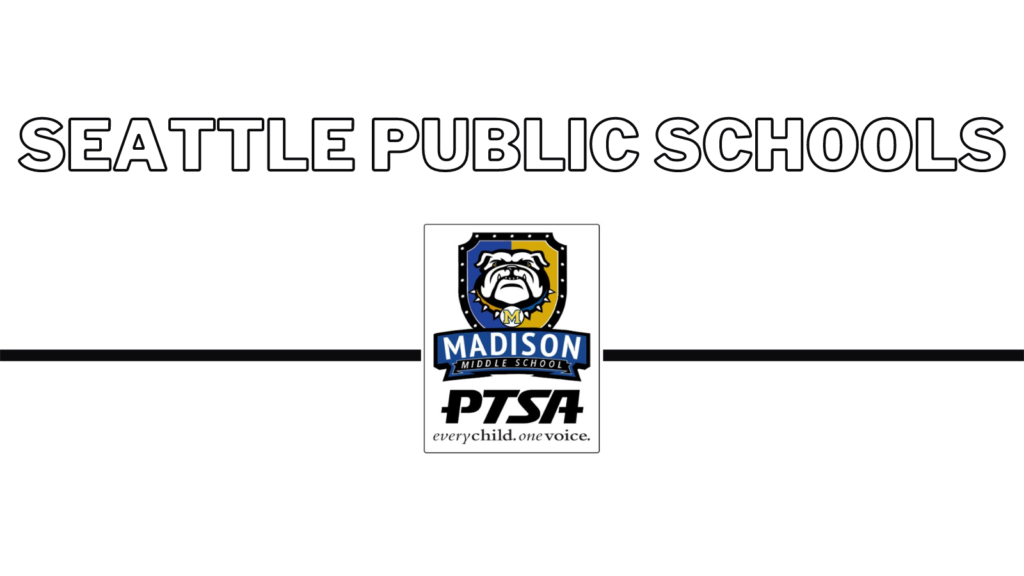
The Seattle Public Schools security personnel are proactive in preventing and responding to safety issues around the district.
Safety and Security Continues to Support our Schools
Whether meeting with administration teams to discuss safety, assisting with emergency drills, providing help with school building safety plans, or building bonds with students, security personnel are proactive in preventing and responding to safety issues around the district.
“Our team takes safety in our buildings seriously,” said Safety and Security Manager Michael Wells. “We are here for our students. We do our best to limit any disruption to learning and assist the district’s mission in maximizing academic achievement.”
Filling security specialist positions hasn’t been easy. Seattle, like school districts around the country, is facing staffing issues. Despite those challenges, Safety and Security leadership began recruiting early and spread the hiring net wide to find talent for their team. Those efforts have paid off as the department expects to be fully staffed by December.
Financial resources
In addition to staff, the district also has committed financial resources to providing a safe and secure environment for all students, staff, and visitors. Through a portion of the $1.4 billion Building Excellence (BEX) V Capital Levy, the district is making improvements to data security and access systems. View the list of BEX V projects that went through an extensive community vetting process and received 73% approval of voters in February 2019.
Although all schools are slated to receive upgrades, to equitably determine which school would receive upgrades first, Safety and Security Assistant Manager Benjamin Coulter said the number of incidents, neighborhood crime factors, and building safety walk-throughs were considered.
Partnerships
In addition to leveraging levy funding, the department is working with partners to help provide a safe and welcoming environment.
Coulter said that security personnel work together with other school staff in the best interest of students. They are proactively seeking to prevent and respond to safety issues and sometimes assist with investigations, he said. Safety and Security doesn’t decide school discipline.
Although Safety and Security staff members provide a layer of safety response, they are not a pipeline to law enforcement. Even when Seattle Public Schools had Seattle Police Department (SPD) resources officers in schools, their purpose was mentoring not intervention in day-to-day safety issues, Coulter said. School security specialists always have been those who assist school administration with the fights, drugs, weapons, and similar security matters.
This doesn’t mean that SPS and SPD don’t maintain a working relationship to deal with incidents in or around schools beyond the scope of school staff. The two meet regularly to discuss strategies aimed at reducing crime in and around schools, offer training opportunities, participate in drills, and enhance communication.
“We greatly value our close working with relationship with SPD, as we work together to keep students and school communities safe,” said Assistant Superintendent of Operations Fred Podesta.
Training and drills
Security is a shared responsibility, Coulter said. Safety and Security works with schools to ensure they have an updated school emergency plan on file, offers drills, and provides training, but all those who enter school grounds must be actively engaged in keeping the school safe.
SPS has always pushed a “see something, say something” culture in schools. When someone in the school community sees suspicious activity or hears threats, they should speak up. Reporting to a trusted adult – school leaders, teachers, family members – is key to helping the security team begin their investigation as quickly as possible.
The Safety and Security Department is staffed 24 hours a day, 365 days a year. For urgent or emergent issues, contact the office at 206-252-0707. 911 also could be called for life-threatening emergencies.
